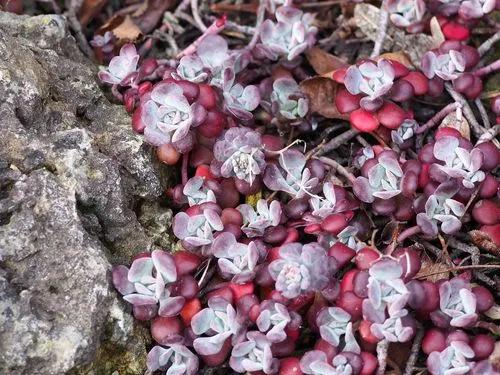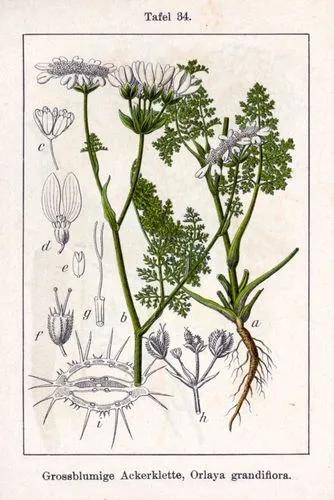Oenothera laciniata is a species of flowering plant in the evening primrose family known by the common name cutleaf evening primrose. It is native to the eastern United States but it can be found in many other places as an introduced species and sometimes a noxious weed. It is reported from Hawaii, Australia, Britain, France, Korea, Japan, and other areas. These plants start out as a circles of spiky leaves but soon put out assorted stems and begin mounding up. The mix of pink flowers and yellow ones are another prime indicator that you've found cutler evening primroses. The flowers appear in greater numbers at night since this is mainly a moth-pollinated plant. The leaves have a pinnate vein structure and start as a rosette around a taproot, once stems appear their leaves will be alternating.
Cutleaf Evening Primrose Care
Oenothera laciniata



This is an annual or short-lived perennial herb producing a spreading stem from a hairy rosette of deeply cut or lobed leaves. Flowers occur in the axils of leaves higher on the stem. Each flower has pale to deep yellow petals up to about 2 centimeters long which fade orange, pink, or red with age. The fruit is a cylindrical capsule up to 5 centimeters in length. The cut-leaved evening primrose grows 4-18 inches high, erect or prostrate. Leaves are alternate, simple, pinnately cleft into rounded lobes, or sometimes merely wavy-edged or toothed. Usually they are about 2 inches long and 1/2 inch wide. The small, pale yellow flowers are borne singly in the axils, with 4 heart shaped petals 1/5-3/5 inch long, 8 stamens, and 1 pistil. They have 4 pinkish sepals, united at the base to form a tube.
This plant is useful.
How to get rid of:
How to Care for the Plant

Popularity

336 people already have this plant 85 people have added this plant to their wishlists
Discover more plants with the list below
Popular articles






